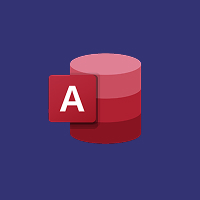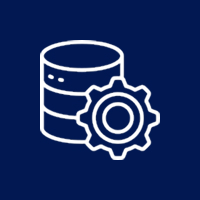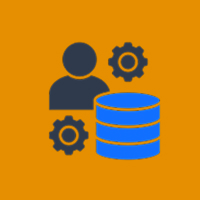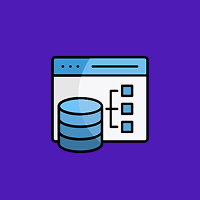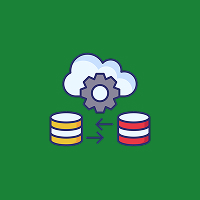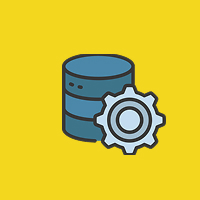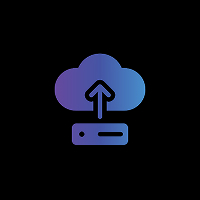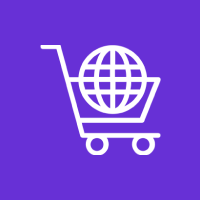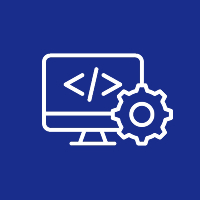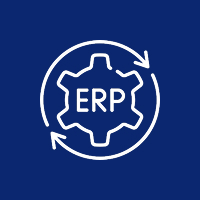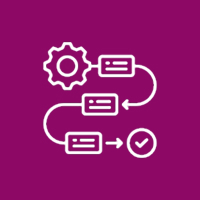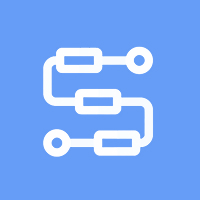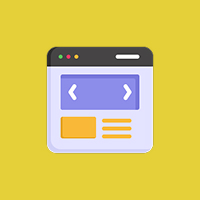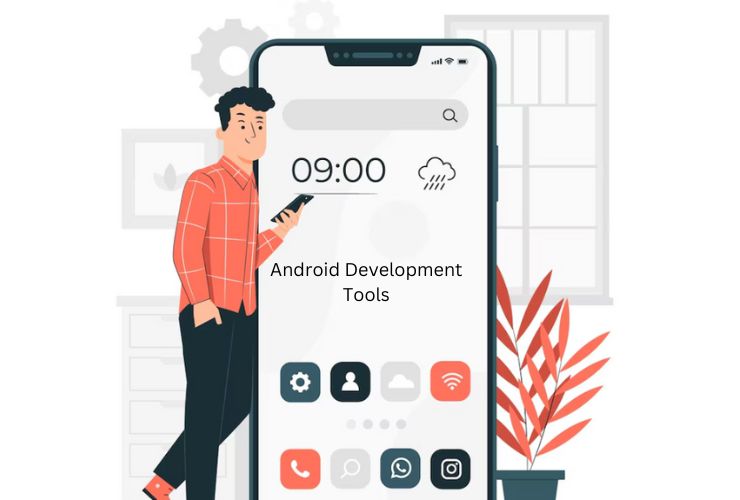Kotlin Multiplatform (KMP) is quickly defining itself as a groundbreaking solution in the world of mobile development, and as it continues to evolve, its influence on Android developers will only grow. Since it is built and maintained by JetBrains (the creators of Kotlin) and is being encouraged by Google following a Kotlin-first approach, KMP is already gaining traction. KMP allows you to share core logic building blocks across Android, iOS, web, desktop, and even server-side systems.
Unlike other approaches that try and force a singular UI layer, or rely on third-party abstractions, KMP presents a modular, agile way of working; you can write platform-agnostic business logic, and still maintain the native experience that all users expect.
What Is Kotlin Multiplatform?
Kotlin Multiplatform, is a coding paradigm within the Kotlin language where developers can write common code once and reuse it across platforms. When a developer separates application logic from UI, a developer can have the freedom to implement native UIs, yet reuse significant logic like:
- Networking and handling API requests
- Business rules management and state management
- Models for data and caching
- Validation and formatting
- Authentication logic
KMP allows you to create shared modules (or common modules) that contain that logic that is separate from the UI, and then have each platform retrieve and consume that logic across the specified targets like Android, iOS, or even JavaScript or JVM.
Why Kotlin Multiplatform is Revolutionary
1. Write Once, Use Everywhere
KMP allows you to reuse business logic across Android, iOS and more. You save time and decrease the likelihood of bugs that happen when you maintain the same logic in multiple places. This enables feature parity across platforms.
2. Keep Native UI and Performance
Unlike other cross-platform tools (e.g. Flutter), KMP doesn’t mess with your platform’s underlying UI framework. This means you can still write Android apps using Jetpack Compose or use SwiftUI on iOS, meaning your UX is native, platform-specific optimizations can still be used, and accessibly support can remain relevant.
3. Accelerate Development Cycle
Less templates to write, dedicated logic that is in one place, shared tests means we can build and deploy features faster for all platforms (this means less bugs to develop and maintained, as well more consistent feature releases across platforms).
4. Lower Learning Curve For Android Developers
KMP sits well within the Android developer’s workflow. In practice, the developer will write shared logic in Kotlin but write the platform code separately. So, no Dart or React to learn, and no bridging layers to be concerned with.
5. Used By Major Companies
Notable companies are using KMP in production include Netflix, Square, VMware and Philips. Jetbrains continues to pour investment into improving KMP tooling, IDE support, and adding better integrations, as well general sources of community learning growing.
Examples and applications of KMP
- KMP is valuable in applications that require consistency across multiple platforms. A few examples:Banking & FinTech: Shared logic already exists for user authentication, encryption, and financial transactions
- Healthcare: Shared logic exists for patient data processing and privacy legislation compliance.
- E-commerce: Shared cart, inventory processing, and payment flow
- Social & messaging applications: The normalization of chat protocol, synchronization logic, and notifications processing across platforms.
If you’re starting with only an Android application, you could do the work upfront to transition to other platforms if the time is appropriate.
Challenges to be mindful of
While leveraging the benefits KMP has to offer, there are challenges to think about. The challenges include:
- iOS integration is still evolving: KMP integration to Xcode, CocoaPods and Swift has improved but may require extra work setup wise vs native.
- Tooling and dependency support is variable: Many popular android libraries are not available for KMP yet. However, there are libraries that support KMP development like Ktor, Kotlinx Serialization, and SQLDelight, etc.
- Learning multiplatform architecture: Developers need to see platform separation, dependency injection with different targets, and finally Gradle setup for multiplatform builds.
Best Practices for Getting Started
- Start small: Only share the simple logic first, such as data models or utilities.
- Use KMM Plugin: JetBrains’ KMM plugin for Android Studio will make the setup work much more manageable.
- Automate tests: Unit tests that you write in shared code will run on/from each platform.
- Modularize your code: Organize shared logic in a way that makes sense so you don’t get confused later.
- Document what the platform boundaries are: Make it clear what is to remain shared and what is not.
The future of Kotlin Multiplatform
JetBrains and Google are continuing to invest in Kotlin Multiplatform’s future. There are numerous improvements planned that include:
- More seamless Swift interoperability
- KMP support in Compose Multiplatform
- Better Gradle tooling for iOS
- Improved debugging and performance profiling
With many more libraries, and more teams moving to a multiplatform architecture, KMP is expected to be a significant format in enterprise mobile development moving forward.
Conclusion
Kotlin Multiplatform is a better way to scale mobile apps. It enables Android developers to:
- Reuse logic with no native performance penalty
- Work better with distributed iOS teams
- Write cleaner, testable, maintainable code
- Future-proof the app, so it’s ready for multi-platform expansion
If you’re building for Android today and want to expand across platforms tomorrow, Kotlin Multiplatform is a perfect bridge. It is more than a tool — it’s an evolution for modern app development.
Contact Us Today
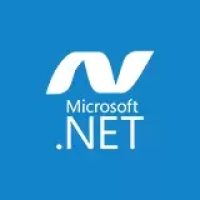


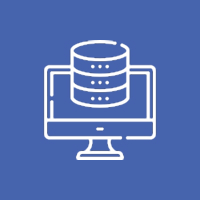




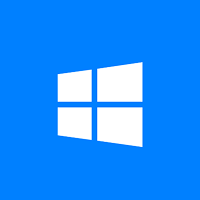
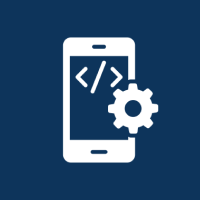



 Database Development
Database Development




